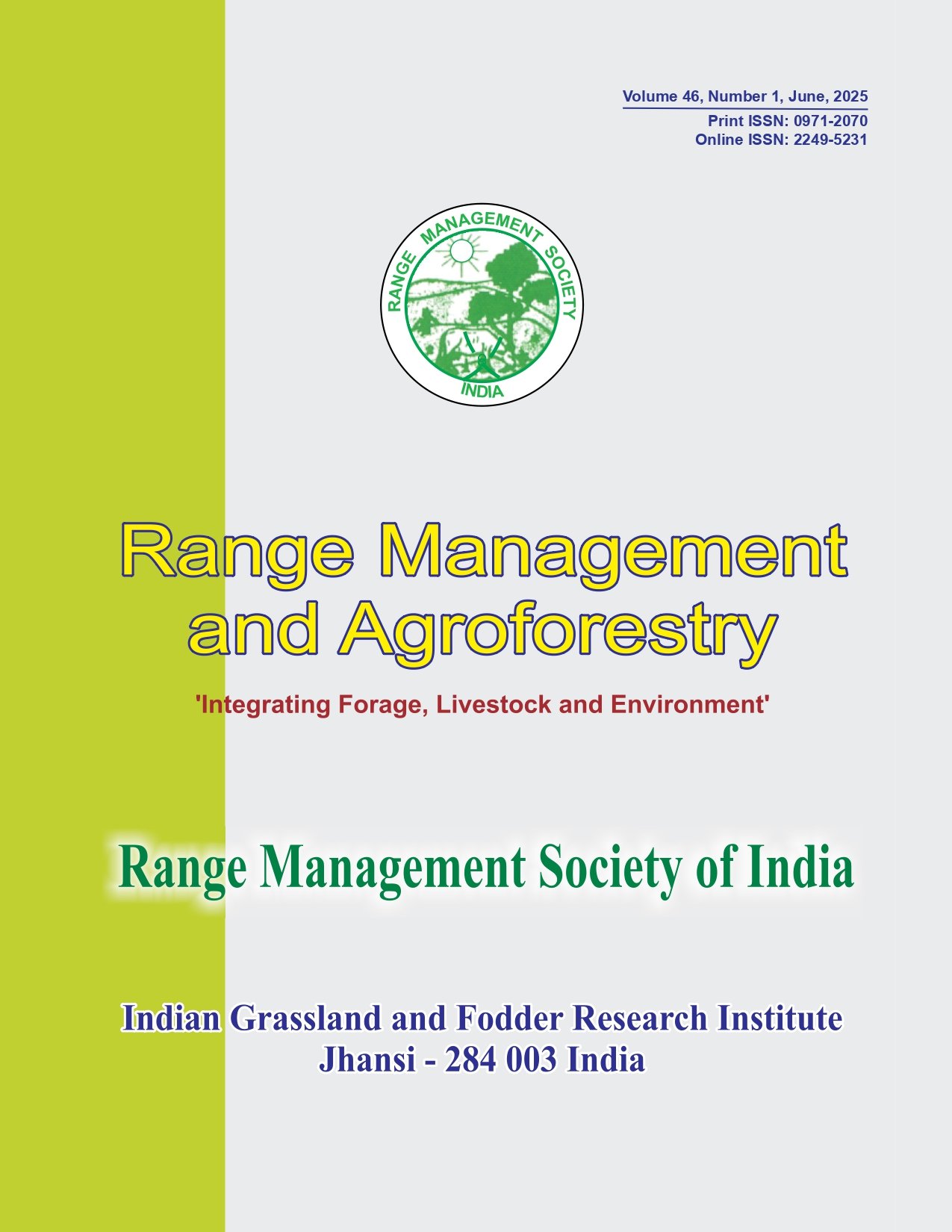Jhum cultivation and its consequences on forest and environment in Eastern Himalayan tract of India: a participatory assessment
Keywords:
Environment, Forest, Jhum, Jhumia, Logistic regression, Negative consequencesAbstract
Shifting or ‘jhum’ cultivation, is a predominant form of farming in North East India, practiced since time immemorial. The ever shortened jhum cycle in the region has impacted both the forest and environment negatively. The present study was an attempt towards participatory assessment of these impacts vis-à-vis indiscriminate jhuming. The sample of the study consisted of 660 jhumia families across seven North Eastern states. As high as 80.61 per cent of the jhumias perceived negative consequences of jhum cultivation on forest in terms of significant reduction in forest area over the years and 44.55 per cent jhumias felt that there had been complete loss of forest due to indiscriminate jhuming. Similarly 67.73 per cent jhumias perceived that jhum cultivation has resulted in soil erosion, enormous loss of top soil and soil nutrients. Education, family size and cosmopoliteness largely determined their awareness. About three fourth (73.03%) of the jhumia families had a per capita income of less than US$1 a day, only 11.97 per cent of them had a per capita income of more than US$ 2 a day. The study suggested that there is urgent need for initial investment by the Government, exploration and promotion by the grassroots level organizations for creating alternate farm based and nonfarm employment opportunities in order to enable the jhumias in meeting livelihood requirements and thus restoring the length of fallow, forest and environment.




